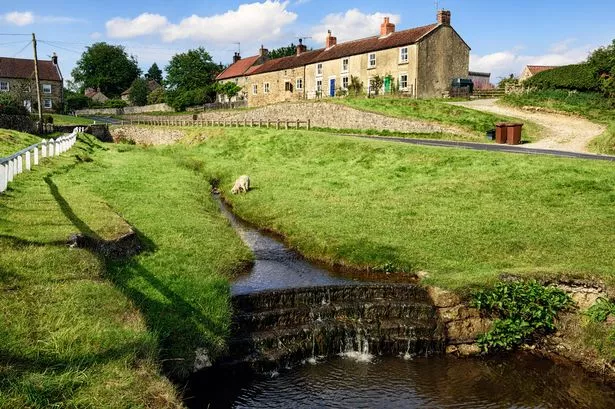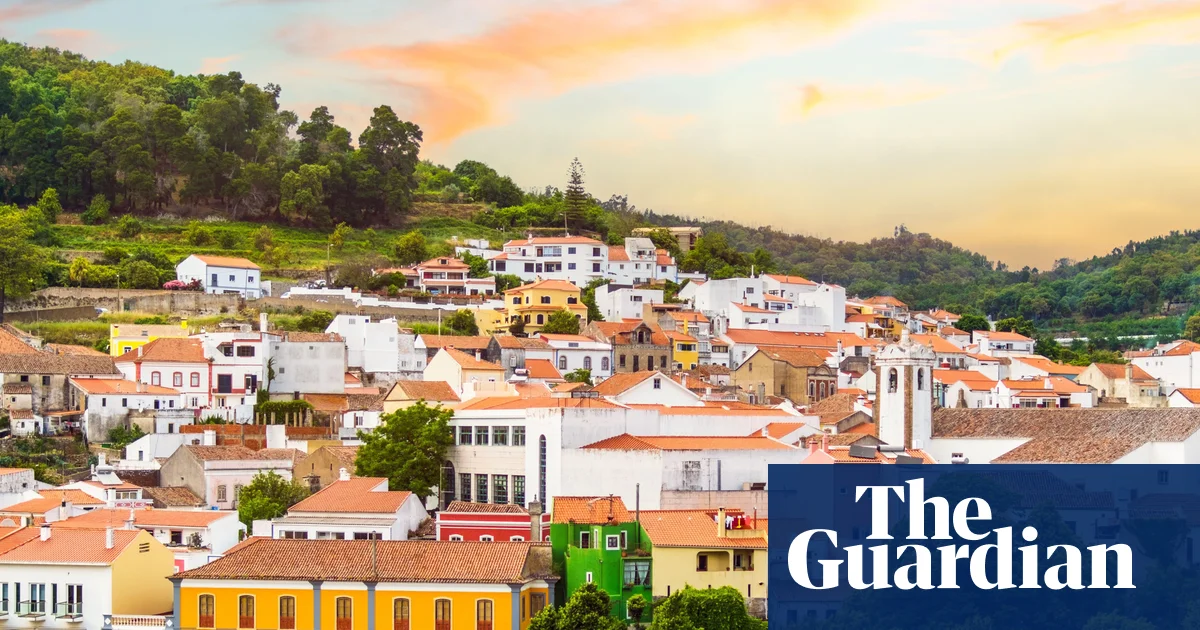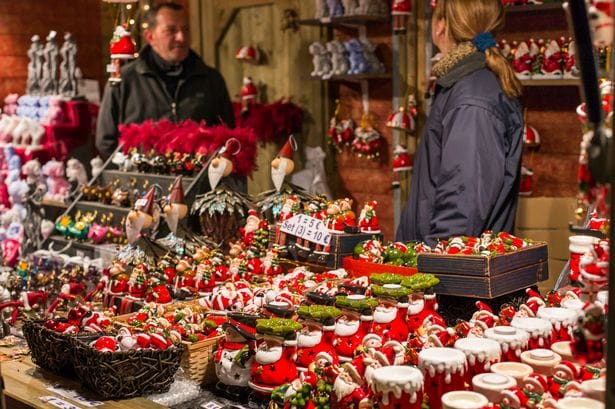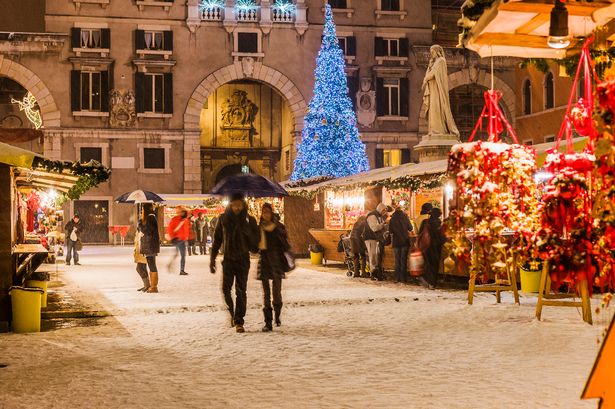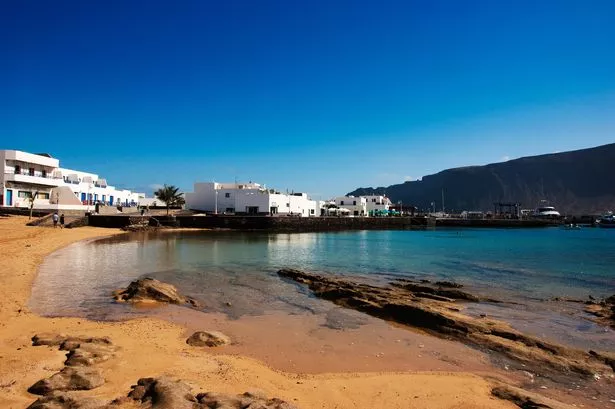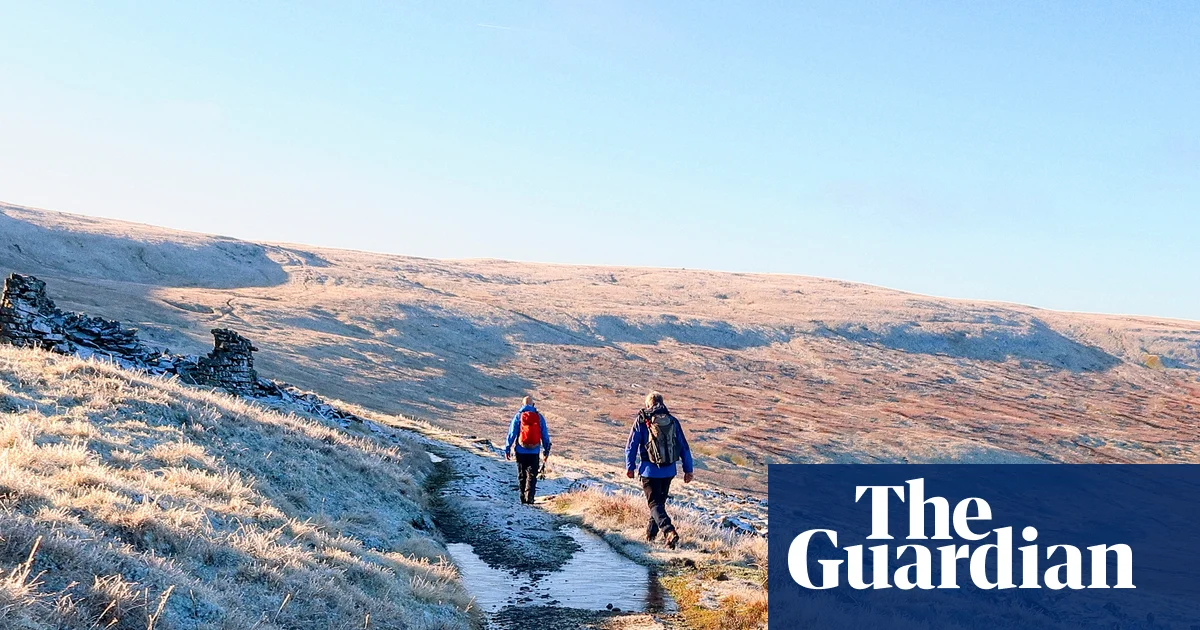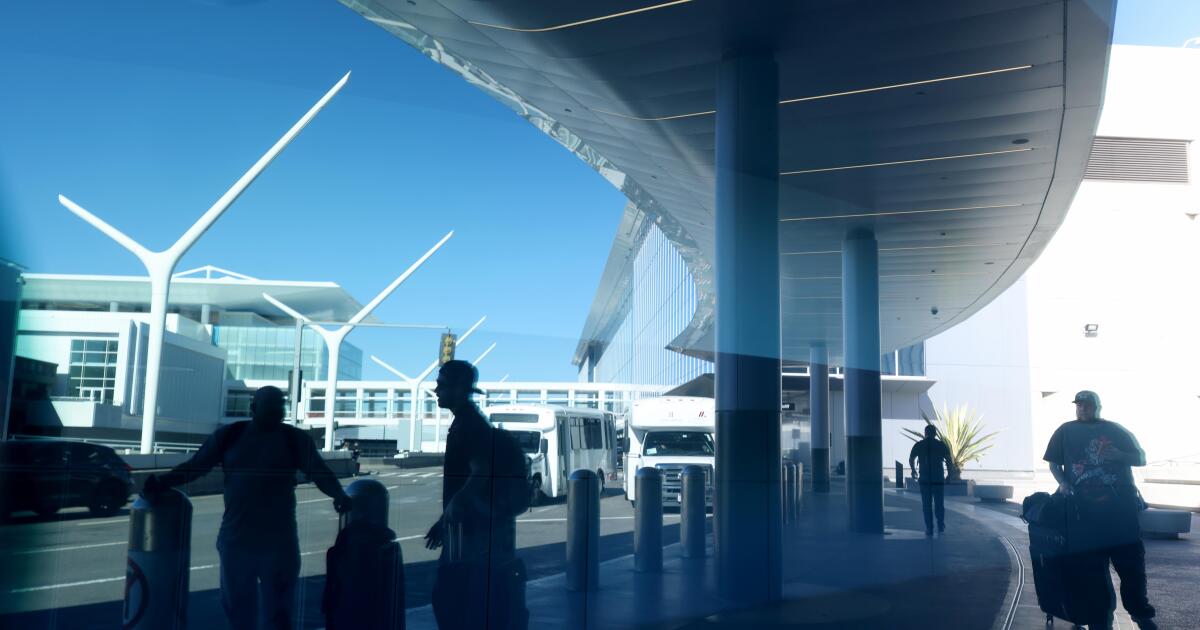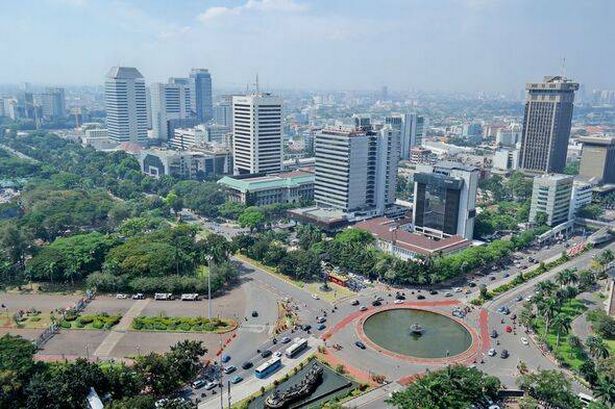Nestled in North York Moors National Park, this charming village features red-roofed cottages, a babbling brook and a fascinating museum that ‘takes you back in time’
Tucked away in North Yorkshire, approximately seven miles from Pickering, this delightful village attracts visitors and locals seeking a peaceful existence.
Within North Yorkshire’s Ryedale district lies Hutton-le-Hole, a petite yet enchanting village that sits within the breathtaking North York Moors National Park. It offers the perfect quintessentially English village retreat, complete with grazing sheep, crimson-topped cottages and a gentle stream meandering through its lanes.
A key draw for the area, enabling guests to explore the village’s past, is the Ryedale Folk Museum, which displays regional traditions. The facility comprises various structures designed to educate about life across different periods – from a blacksmith’s workshop to a Victorian classroom.
One TripAdvisor reviewer said: “This was my third visit, and each time I see something new because there is just so much to see. It’s not the sort of museum with loads of information boards to read; it’s buildings and artefacts. You see what a great hall or roundhouse was actually like.”
Another added: “Our first visit here, and we were not disappointed. We loved exploring all the different areas, and it was really interesting to learn about the history, essentially travelling back in time.”
The village boasts a pub, a tearoom and a collection of charming shops flogging souvenirs, crafts and gifts, perfect for a gentle stroll around the locality before tackling a more ambitious trek. Hutton-le-Hole’s enchanting appeal has caught the attention of television and film producers, featuring in productions such as Death Comes to Pemberley, a BBC adaptation of the novel, and the outdoor adventure programme, Robson Green’s Weekend Escapes.
The peculiar name derives from the ancient English expression ‘Hoh Tun’, signifying ‘a settlement on a spur of land’ or possibly ‘high farm’. From its very name, it’s obvious just how much wilderness and pristine countryside encompasses Hutton-le-Hole, establishing it as a perfect destination for keen hikers and walkers.
Picturesque trails include a moderately demanding 15 km circular route across the moorland, requiring just over four hours to finish. Alternatively, there’s a more relaxed choice that leads you on a 6.4 km journey to Lastingham, linking the two villages for an enjoyable day of discovery.
Following a day of trekking, the classic country boozer, The Crown, provides the ideal stopping point for a comfortable evening. One recent guest said: “Excellent food served up in a very cosy country pub.”
They added: “Prices aren’t bad considering the food is top-notch. A good range of drinks are on offer, including non-alcoholic for those who drive. Well worth a visit for a Sunday lunch.”
Another visitor praised: “Hutton le Hole is a beautiful peaceful town and well worth a visit. Sheep roam freely, which adds to its charm. The Crown is the only pub, but it’s a good one. Sit outside and enjoy the village scene.”
